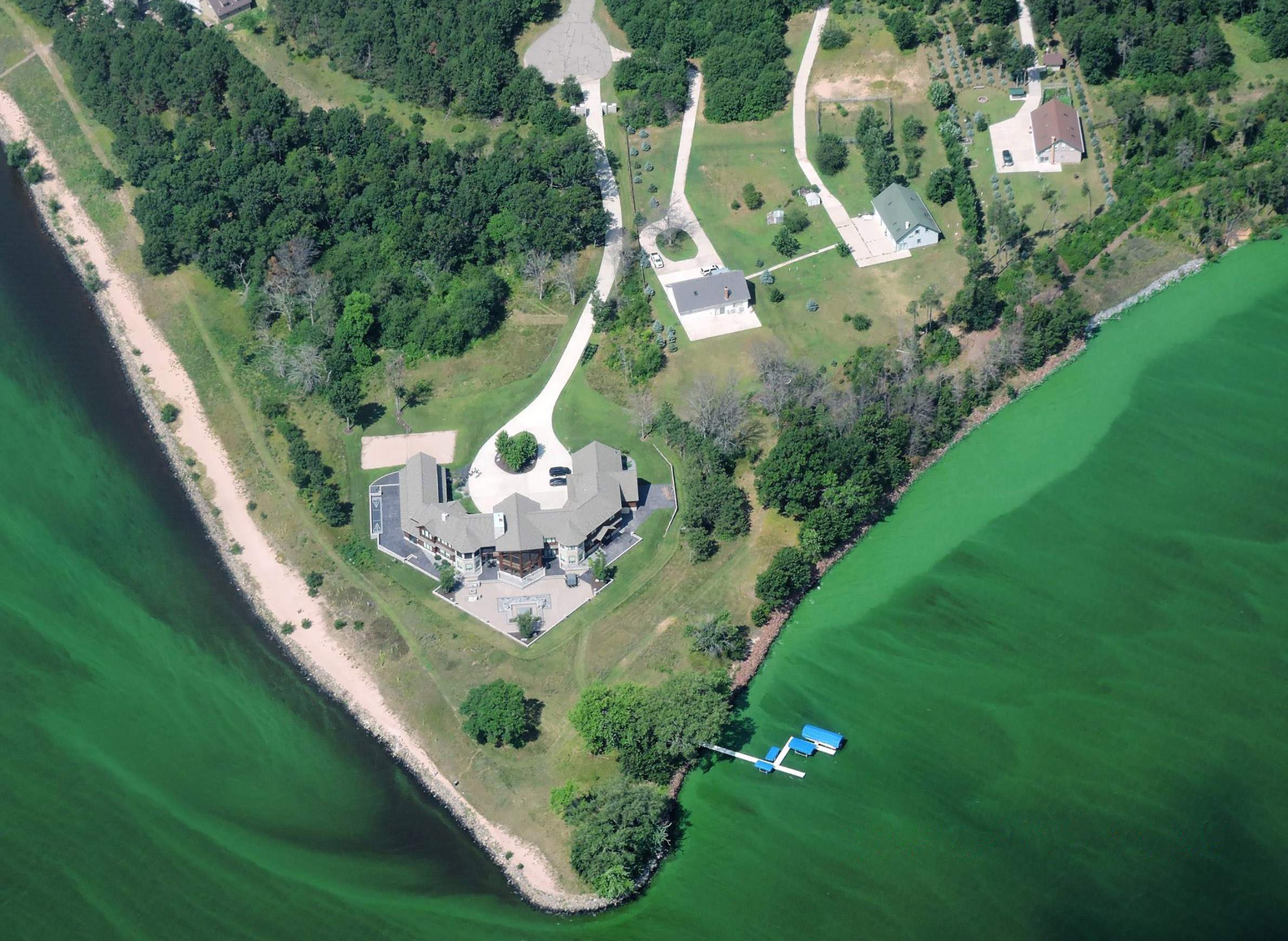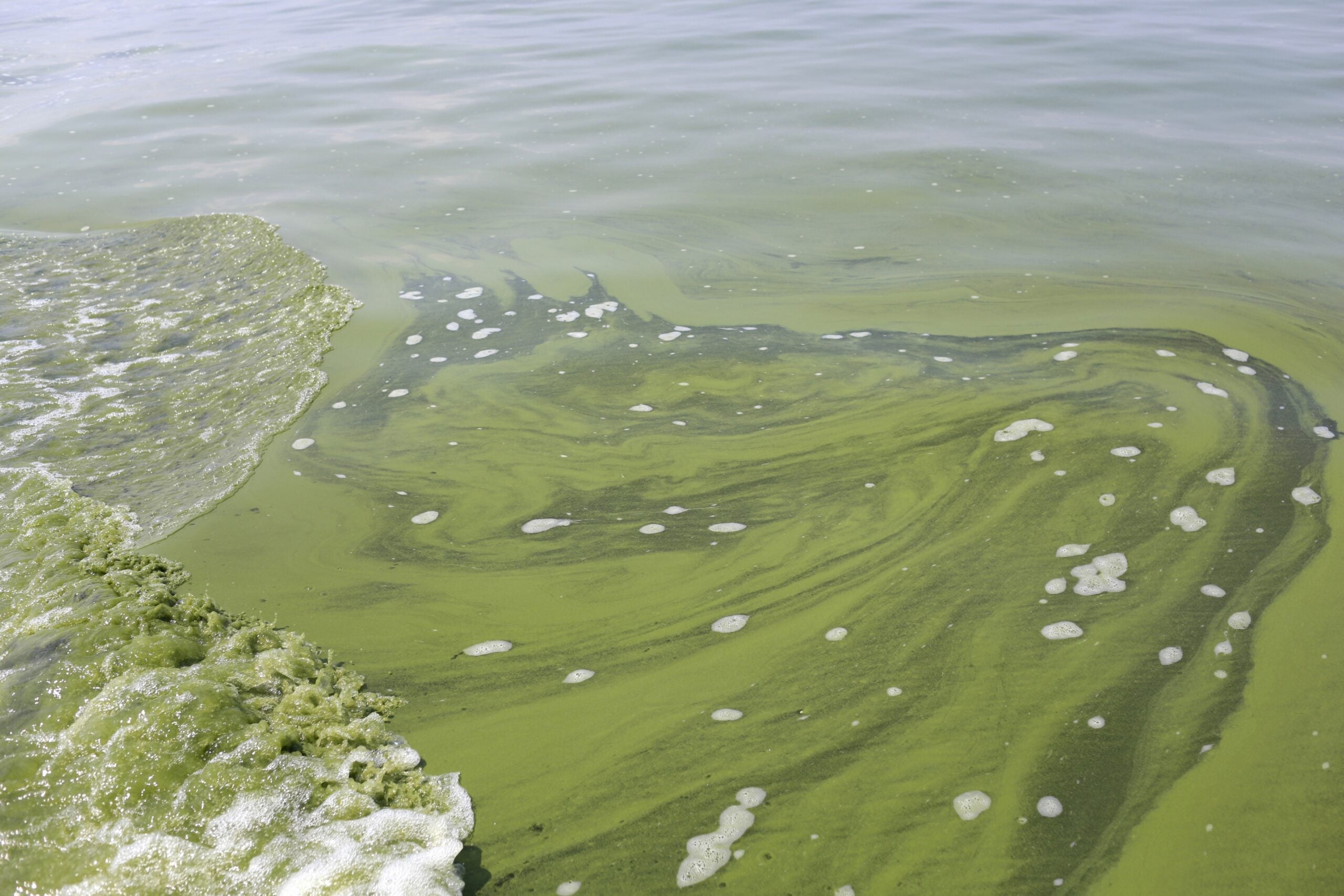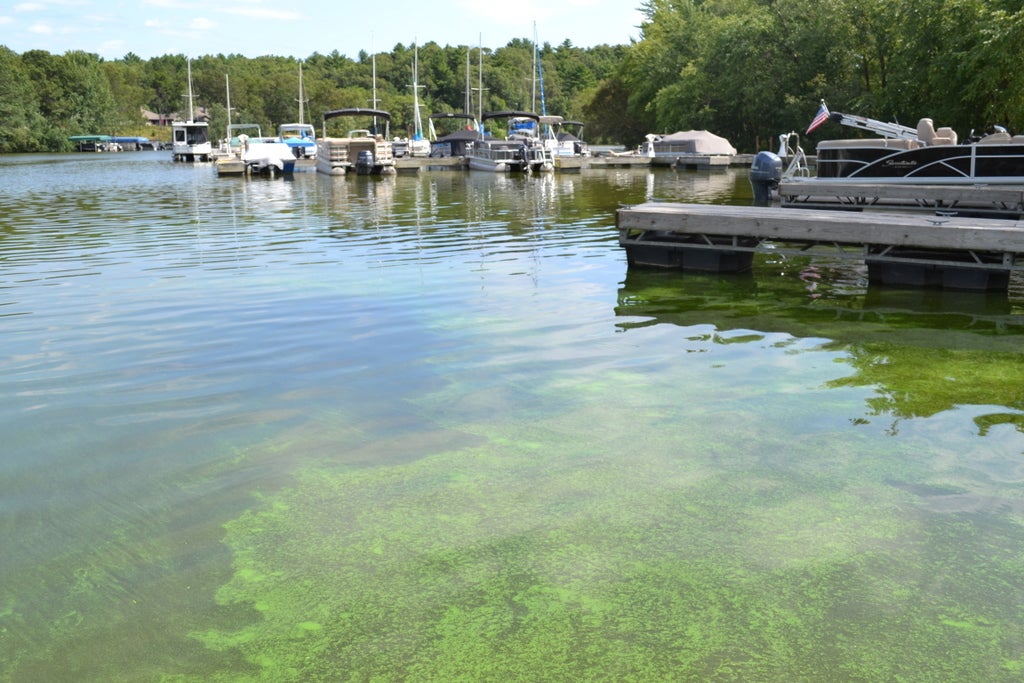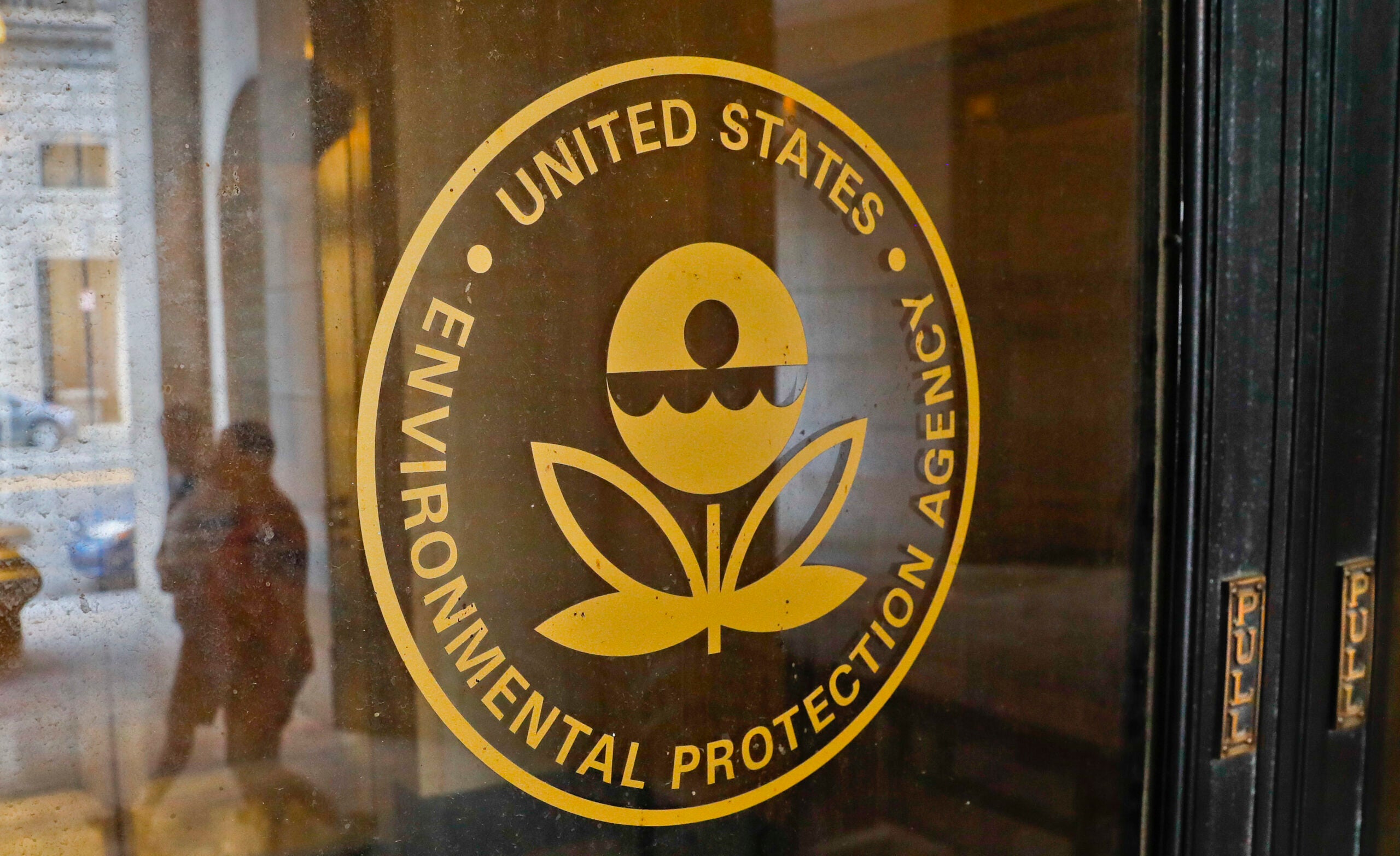The U.S. Environmental Protection Agency has approved site-specific criteria to reduce phosphorus pollution in several lakes within the Wisconsin River basin. The Wisconsin Department of Natural Resources proposed site-specific standards as part of efforts to address impaired water quality in Castle Rock Lake, Petenwell Lake and Lake Wisconsin.
The decision marks the first time Wisconsin has sought and received approval of site-specific standards since statewide phosphorus rules were developed in 2010, according to Pat Oldenburg with the Wisconsin DNR.
“This is our first instance where we had collected enough of and the right kind of data to really make a determination that something other than those statewide criteria was appropriate,” said Oldenburg.
News with a little more humanity
WPR’s “Wisconsin Today” newsletter keeps you connected to the state you love without feeling overwhelmed. No paywall. No agenda. No corporate filter.
The federal agency approved the DNR’s proposal for less restrictive standards on Petenwell and Castle Rock lakes and stricter standards on Lake Wisconsin in Columbia County. State regulators found revised criteria was necessary for the three lakes to meet water quality goals for recreation.
The three lakes have experienced significant problems with algal blooms in the past. Phosphorus runoff from farms and urban areas has contributed to excessive blooms, which can sometimes produce toxins that make animals and people sick.
Rick Georgeson, president of Petenwell and Castle Rock Stewards, has been working with groups in the area to prevent phosphorus runoff into the lakes. He said blooms were so bad at times that people couldn’t swim at the beach by the time the 4th of July rolled around. But there’s been no sign of algae on Petenwell Lake this year, which he found unusual and a sign of progress.
“It’s all coming together, and it’s kind of like an ‘Hallelujah’ moment,” said Georgeson of the EPA’s decision.
He attributes much of the gains that have been made to work by farmer-led watershed groups that have promoted the use of conservation practices like no-till farming and cover crops to prevent runoff and reduce phosphorus pollution in the region.
More than 100 municipal and industrial facilities will be impacted by the new criteria under wastewater permits. The DNR said last fall that many are already or will soon be meeting limits. Of the remaining 36 facilities, two dozen are expected to save around $180 million over 20 years while a dozen will see costs grow by $16.5 million over that time, according to an agency memo.
The Wisconsin League of Municipalities voiced approval of the EPA’s decision, according to Curt Witynski, the league’s deputy executive director. While costs increased for some, Witynski said they’re pleased the majority of communities will see a reduction in costs to comply with the new phosphorus criteria.
“I think this is the flexibility that municipalities — wastewater treatment plants — need around the state,” said Witynski.
The DNR plans to implement the new criteria as soon as possible within its wastewater discharge permits.
Wisconsin Public Radio, © Copyright 2026, Board of Regents of the University of Wisconsin System and Wisconsin Educational Communications Board.







